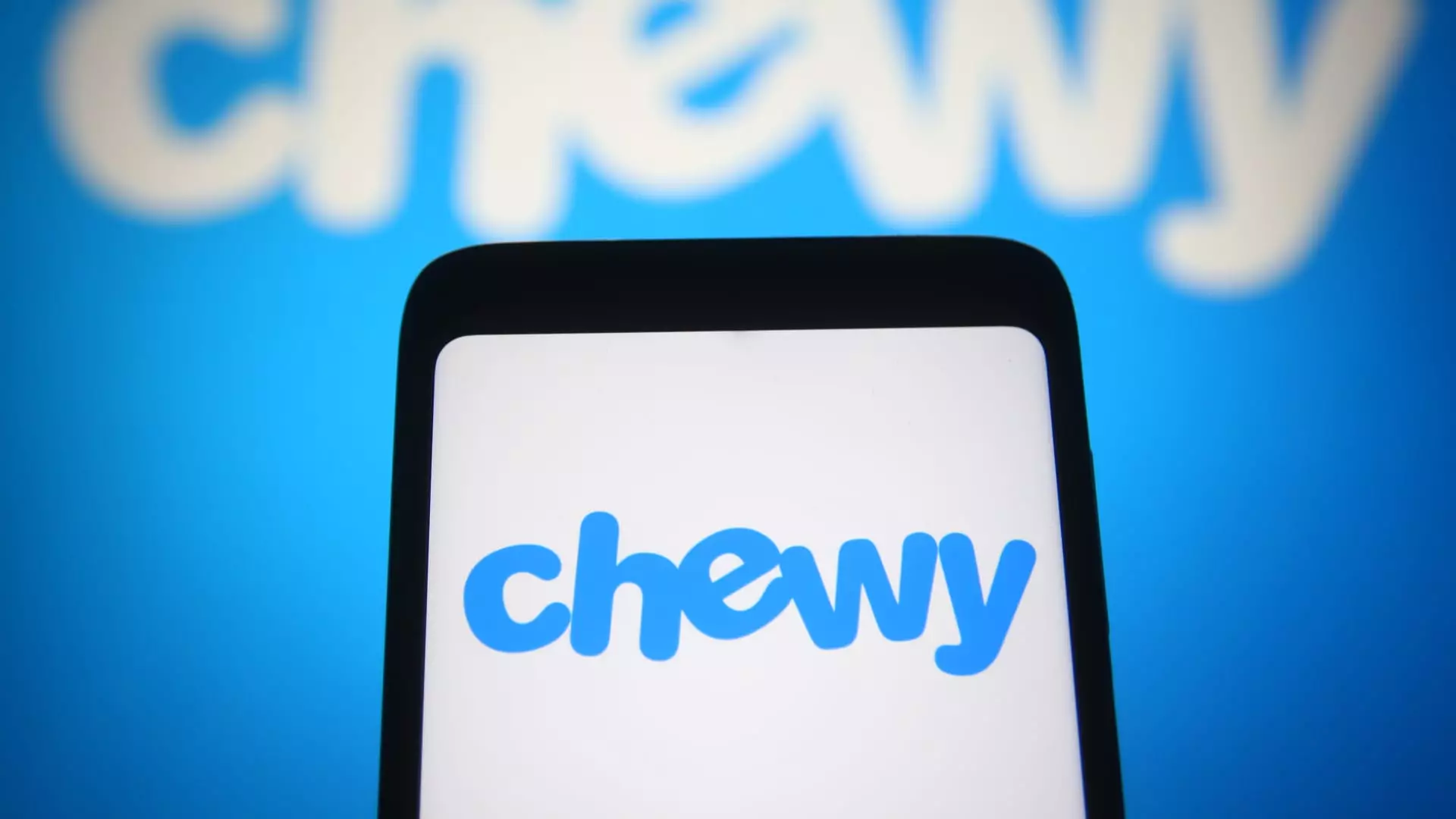The recent rally in Chewy shares, triggered by the mysterious post from Roaring Kitty on social media platform X, highlights the power of meme stock influencers in today’s market. Roaring Kitty, also known as Keith Gill, has gained a reputation for his ability to stir up trading in speculative names like GameStop through cryptic images and memes. The mere posting of a cartoon dog picture on X led to a 34% surge in Chewy shares, only to see them plummet later in the session.
The ties between GameStop and Chewy run deep, with GameStop CEO Ryan Cohen having been the founder and CEO of Chewy in the past. Cohen’s involvement in the takeover of Chewy by PetSmart and its subsequent IPO contributed to the initial GameStop rally in early 2021. The interplay between these two companies illustrates the intertwined nature of the meme stock phenomenon.
During the pandemic, pet retailers like Chewy and Petco experienced significant spikes in sales as consumers welcomed new furry family members into their homes. However, as restrictions eased and adoption rates slowed, the demand for higher-margin pet accessories declined. While pet food sales remained strong, revenue from discretionary items such as toys and cages decreased, impacting the profitability of companies like Chewy.
Keith Gill’s background as a former marketer for Massachusetts Mutual Life Insurance adds an interesting dimension to his rise to fame as a meme stock influencer. His advocacy for retail investors to buy GameStop shares in 2021, leading to a squeeze on short-selling hedge funds, sparked a frenzy in the market. Gill’s involvement in the subsequent congressional hearings shed light on brokers’ practices and the implications of retail trading “gamification.”
The fluctuation in Chewy shares following Roaring Kitty’s social media post serves as a reminder of the unpredictable nature of meme stock trading. The interconnectedness of companies like GameStop and Chewy, coupled with changing consumer trends, underscores the need for investors to stay vigilant and informed in today’s dynamic market landscape.

